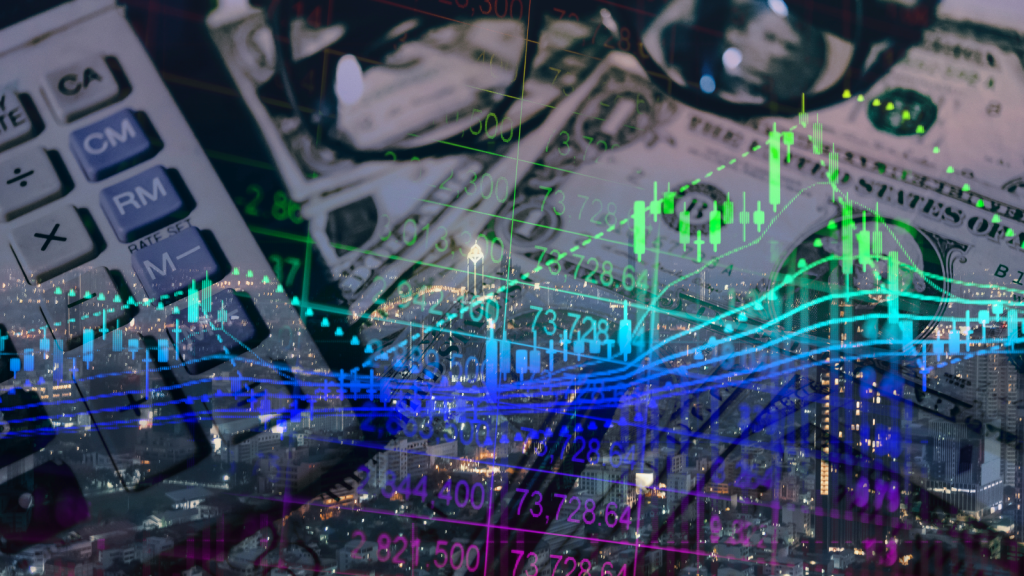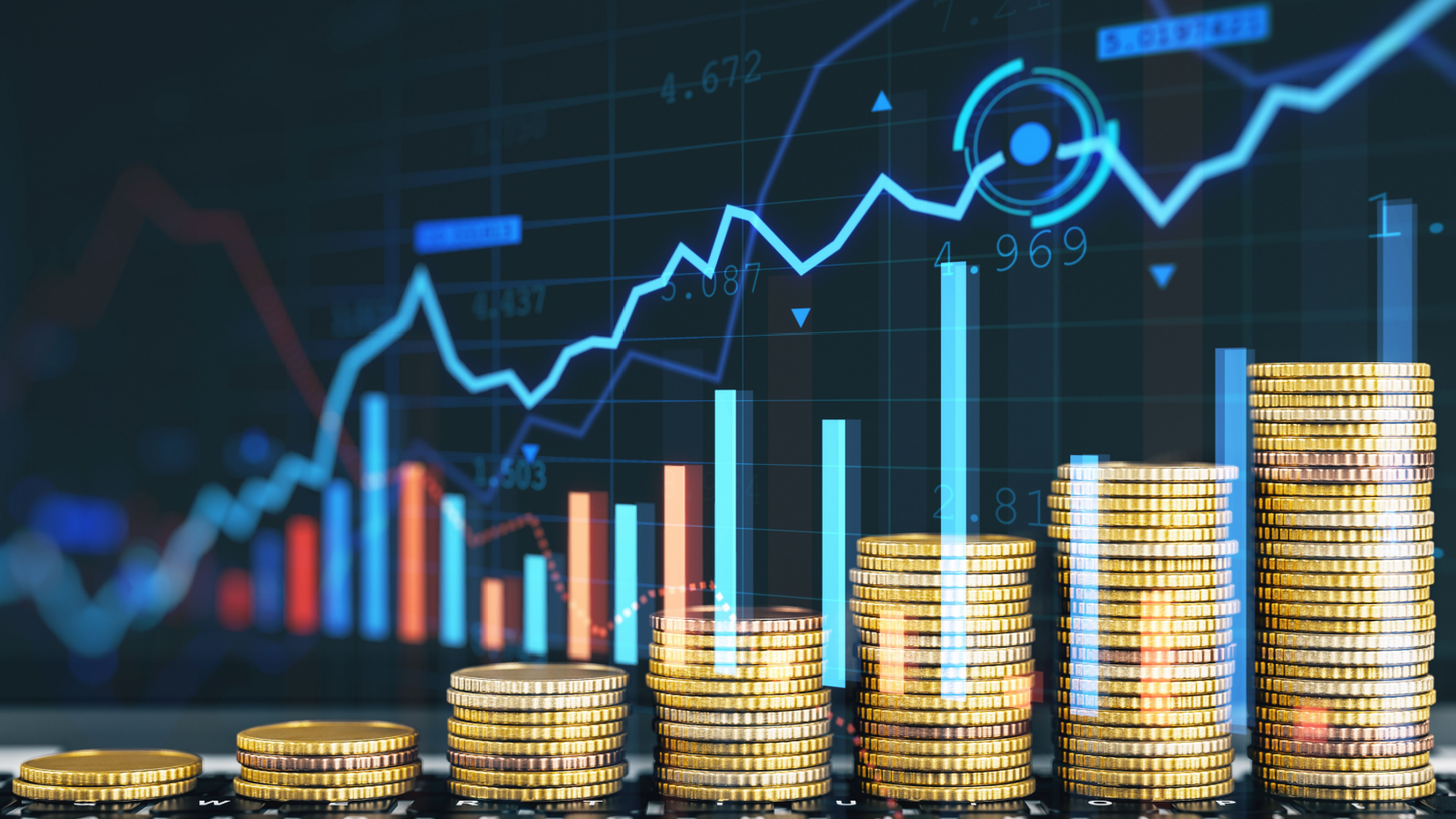This Advanced Stock Picking Tool Uncovers Tomorrow’s Profits

When it comes to stock fundamentals, three things matter most: sales, earnings, and profit margins
Editor’s note: “This Advanced Stock Picking Tool Uncovers Tomorrow’s Profits” was previously published in December 2024. It has since been updated to include the most relevant information available.
“Americans Cut Spending at Most Drastic Level in Four Years”…
“Stocks Bounce Back, But Head for Down Week, Month”…
“Homebuyers in U.S. Canceled Contracts at Record Rate for January”…
“Bitcoin Down 25% From All-Time High as Crypto Rout Worsens”…
No matter where you look, it’s clear that Americans are feeling the pain. We’re living through turbulent times. And for investors, that volatility is on full display in the stock market.
But what if I told you there was a better way to invest, avoiding the rollercoaster while still achieving enormous returns?
That is, in response to recent market volatility, my team and I have turned to data and analytics to create a smart stock-picking model that only invests in the best stocks at the best times, maximizing upside potential while mitigating downside risk.
This screener analyzes thousands of stocks each month to find those best positioned to rise over the next 30 days. I’m talking stocks with a strong fundamental, technical, and sentimental basis.
We’ve dubbed this advanced tool Auspex – in recognition of the ancient Roman officials who interpreted omens to guide their decisions.
As I mentioned, each month, Auspex runs a comprehensive scan of the market, examining many thousands of data points to find the few stocks that are strong across the board.
But what exactly does that entail?
Today, we’ll start by reviewing the fundamental aspect of Auspex’s stock picking.
There are a lot of fundamental factors to consider. And that means there are a lot of ways for a stock to be fundamentally strong.
Trained to Seek Only the Best Fundamental Setups
In our experience, three things matter most when it comes to stock fundamentals: sales, earnings, and profit margins.
Are sales rising? What about earnings? Is the trend of that growth picking up or slowing down? And how about profits? Are margins compressing or expanding?
When looking for the market’s top performers, we want to find stocks that are growing sales and earnings. Moreover, we want to see sales growth acceleration, meaning the business is seeing underlying sales momentum. The same goes for earnings growth.
Additionally, we want to see profit margin expansion, too. That means we’re hoping to uncover businesses whose profit margins are higher today than where they were last year.
When a stock meets all those criteria, Auspex deems it fundamentally strong.
And not many meet such strict criteria.
That is, very few stocks have rising and accelerating sales and earnings growth, as well as profit margin expansion, all at the same time.
When we have Auspex scan the markets, it analyzes a universe of roughly 14,000 stocks.
In a recent scan we conducted, only about 300 of those 14,000 stocks were deemed fundamentally strong, with accelerating sales and earnings growth and swelling profit margins.
That is just about 2% of all possible picks.
Yet, the complete list of the most promising stocks Auspex flags is even narrower.
The Final Word on Expert Stock Picking
Those ~300 picks are just the stocks that Auspex deemed fundamentally strong. After receiving those results, we incorporate technical and sentimental parameters to whittle the list down further.
In the same recent scan we’re talking about here, those additional criteria cut down the list of true Auspex picks from ~300 to just 10.
According to our model, those were the 10 best stocks to buy in the market (at the time of that scan).
Moreover, it appears that Auspex really works.
Early results have been quite strong. That is, thorough back testing shows Auspex has outperformed the market by approximately 10X-plus in various time windows. And it has delivered positive, strong returns for subscribers in all five months since its live implementation.
In our view, that’s pretty astonishing.
But better still, it requires only five to 10 minutes of attention per month. You’ll receive alerts, buy the recommended stocks, then check back the following month – simple as that.
And we’ll be revealing the strongest picks for the month of March tomorrow, Monday the 3rd.
If you’re hoping to lock in stable profits despite an unpredictable market environment, see how Auspex can help you fortify your portfolio.
On the date of publication, Luke Lango did not have (either directly or indirectly) any positions in the securities mentioned in this article.
P.S. You can stay up to speed with Luke’s latest market analysis by reading our Daily Notes! Check out the latest issue on your Innovation Investor or Early Stage Investor subscriber site.






























